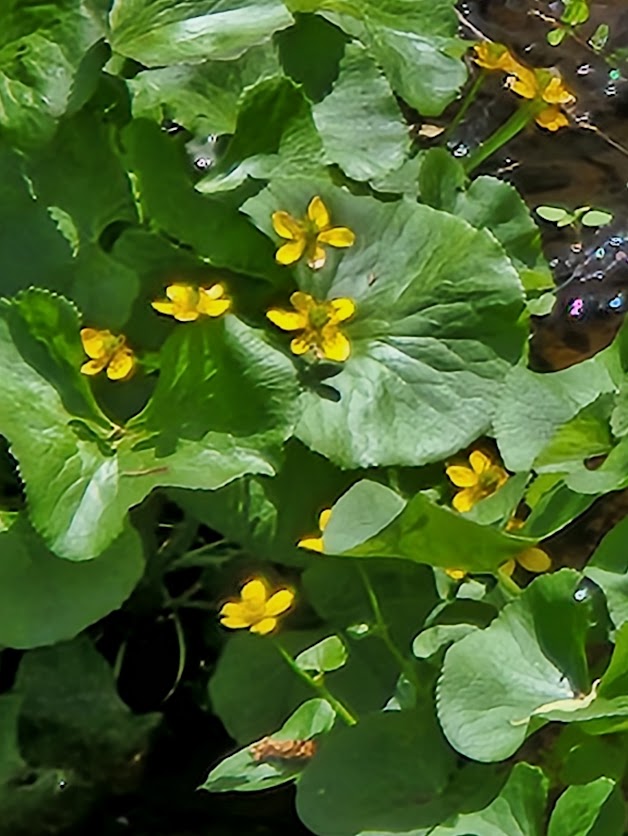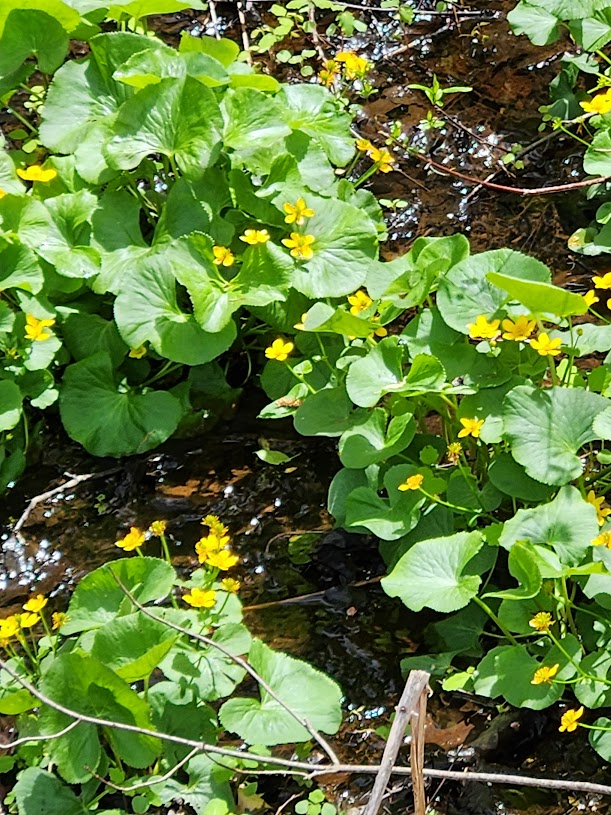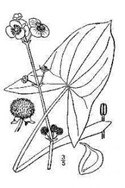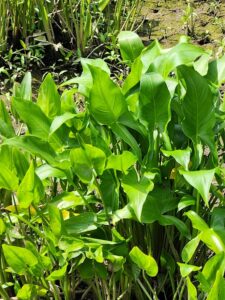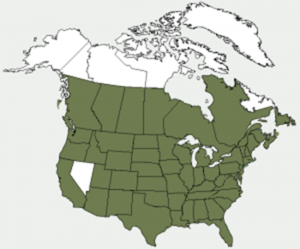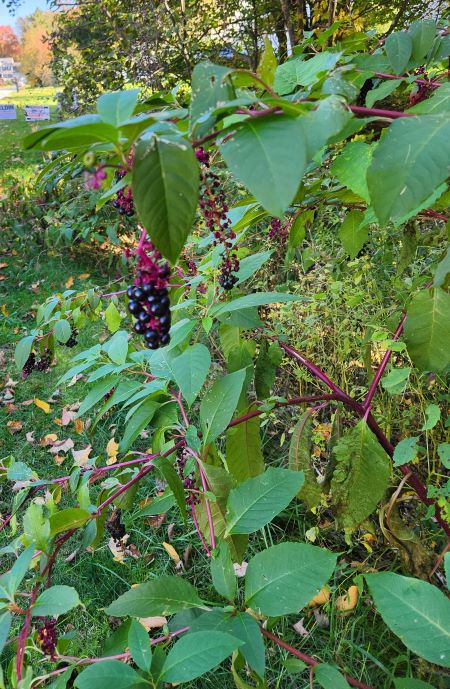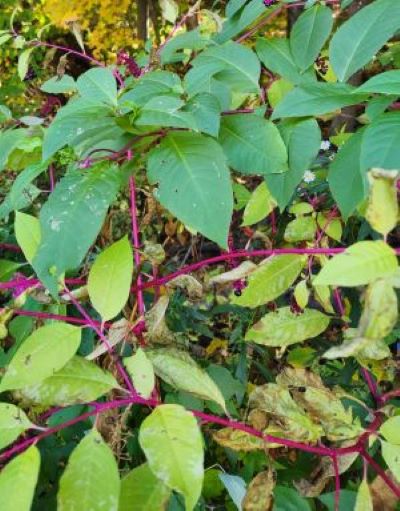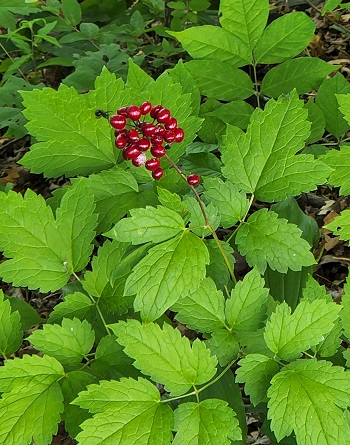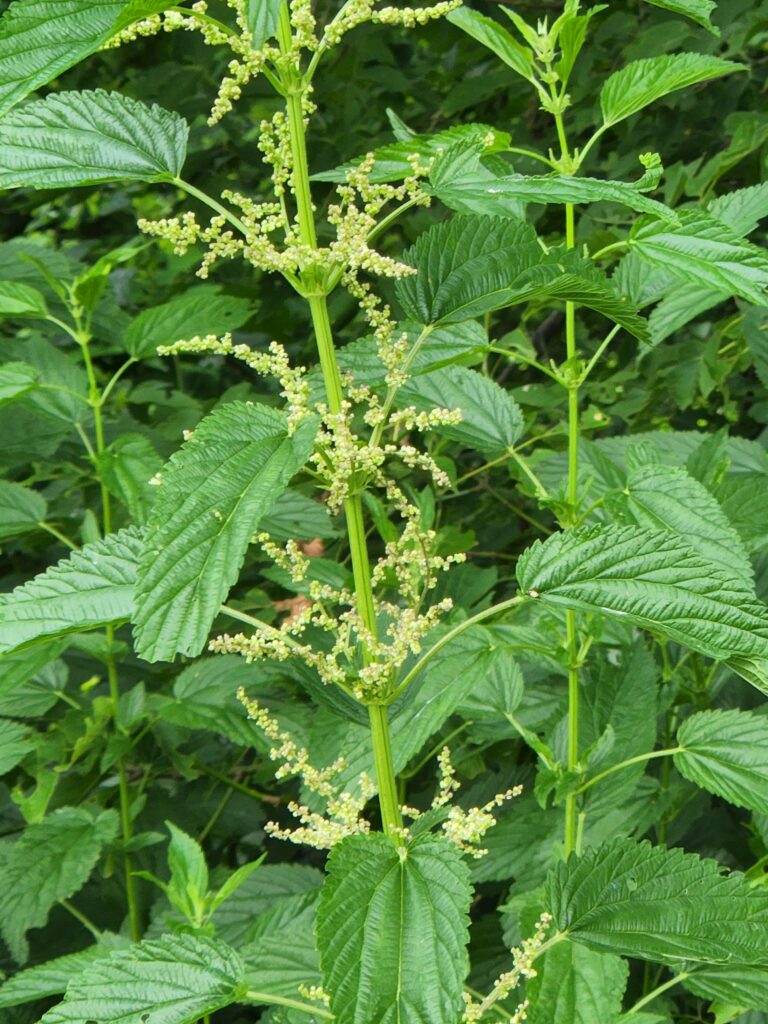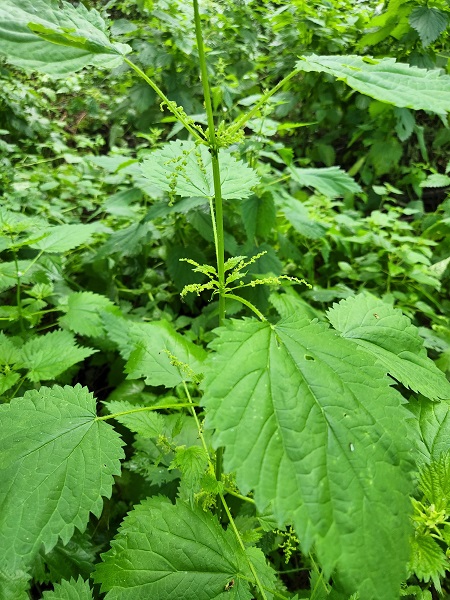Butternut, also known as white walnut, is a delicious and nutritious nut (see nutrition chart below) that can be found in the forests of eastern North America. It is one of the trees “my” neighborhood squirrels have gifted me over the years. Butternut along with black walnut are easy trees to identify once you have seen one or two. Butternuts are also known as white walnut, oilnut, and lemon walnut (see below for the reason). For you Latin name loving people, its scientific name is Juglans cinerea. Butternut wood is prized for its strength and durability, and has been used for furniture, flooring, and other woodworking projects. The tree is also a valuable source of food and habitat for wildlife, including squirrels, chipmunks, and birds.
Description:
General Appearance and Size
- Height: Butternut trees typically grow to a height of 40 to 60 feet, though they can occasionally reach up to 100 feet under ideal conditions.
- Crown: The tree has a broad, spreading crown that is often irregular in shape, giving it a somewhat open and airy appearance.
Bark
- Color: The bark of the butternut tree is light gray.
- Texture: It features broad, flat-topped ridges and shallow furrows, which can develop into a diamond-shaped pattern as the tree matures. The ridges are generally softer and more flattened compared to the more rugged bark of the black walnut.
Leaves
- Type: The leaves are pinnately compound, meaning they have multiple leaflets arranged along a central stem.
- Number of Leaflets: Typically, a butternut leaf has 11 to 17 leaflets. The leaflets are pointed at both ends and are serrated along the edges.
- Size: The leaflets are usually 2 to 4 inches long.
- Color: The upper surface of the leaflets is a dark green, while the underside is lighter and often slightly hairy.
- Aroma: When crushed, the leaves emit a lemon-like scent, which is a distinguishing feature.
Flowers and Catkins
- Flower Type: Butternut trees are monoecious, meaning they have both male and female flowers on the same tree.
- Male Flowers (Catkins): The male flowers are borne in long, slender catkins, typically 3 to 6 inches in length. These catkins hang down and are densely packed with small flowers. Each flower consists of several stamens, which produce pollen.
- Female Flowers: The female flowers are smaller and less conspicuous, usually found at the ends of the new growth. They appear in clusters and develop into the fruit after pollination.
Fruit
- Description: The fruit is an oblong, ridged nut encased in a thick, green, fuzzy husk. The husk is sticky and, when mature, splits open to reveal the nut inside.
- Nut: The nut itself is elongated, typically 1.2 to 2.4 inches long (black walnuts are typically a bit smaller), with sharp ridges running along its length. The shell is hard and light brown, enclosing a sweet, oily kernel.
Roots
- Root System: Butternut trees have a relatively deep root system, which helps them access groundwater and contributes to their preference for well-drained soils.
Range:
Butternut trees are native to eastern North America, ranging from southern Quebec and Ontario to northern Florida and west to Minnesota and eastern Texas.
Habitat:
Butternut trees are found in mixed hardwood forests, often growing near other nut trees such as black walnut and hickory and even oaks and maples. They prefer well-drained soils and can be found in a variety of habitats, including upland woods, floodplains, and rocky slopes.
Edible Part:
The edible part of the butternut is the nut itself, which is rich in protein, fiber, and essential fatty acids. The nut has a sweet, buttery flavor and can be eaten raw or roasted. It is also a popular ingredient in baking, often used in recipes for cakes, cookies, and bread.
How to Harvest:
To harvest butternuts, look for ripe nuts that have fallen to the ground or are still attached to the tree. The husks will have split open, revealing the hard shell of the nut inside. The too I use is called a nut gatherer or nut picker-upper. It is basically a wire cage or basket on a handle that rolls over the ground, collecting nuts as it moves. If you have found areas with many trees and you plan on making a good harvest, think about investing in one.
Use a nutcracker or hammer to crack the shell and remove the meat. The nutmeat can be eaten raw or roasted. You can also, if you have the equipment, extract the oil from the nuts and use it as salad dressing etc. I think it has a low smoke point so frying is probably not a good idea. Butternut fruit can be stored in the shell in a cool, dry place for several months.
Look A-like Identification
How to tell the difference between a butternut tree and a black walnut tree can be done by observing several key characteristics, including the leaves, bark, fruit, and general appearance. Here are the main differences:
Leaves
- Butternut: The leaves are compound and typically have 11 to 17 leaflets. The leaflets are usually elongated and pointed, with a more serrated edge. The terminal leaflet (at the end of the compound leaf) is often smaller than the others.
- Black Walnut: The leaves are also compound but tend to have 15 to 23 leaflets. The leaflets are generally larger and rounder compared to butternut, and the terminal leaflet is often absent or much smaller.
Bark
- Butternut: The bark is light gray and has a more ridged and furrowed appearance, often with a distinctive diamond pattern. The ridges are generally flatter and wider.
- Black Walnut: The bark is darker, almost black, with a deeply furrowed, rough texture. The furrows are more pronounced and give the bark a rugged look.
Fruit
- Butternut: The fruit of the butternut tree is an oblong, sticky nut covered with a green, fuzzy husk. The husk is generally more elongated, and the nut inside is also elongated with sharp ridges.
- Black Walnut: The fruit is a round nut covered with a thick, green, rough husk. The husk is often smoother compared to the butternut’s, and the nut inside is round with a thicker shell.
General Appearance
- Butternut: Butternut trees tend to be smaller and have a more spreading crown. The leaves, when crushed, often emit a lemon-like scent.
- Black Walnut: Black walnut trees can grow larger and have a more rounded crown. The leaves and husks of the black walnut release a characteristic pungent, spicy odor.
Additional Notes
- Habitat: While both trees can be found in similar habitats, butternuts prefer slightly cooler climates and are often found in riparian (riverbank) areas or moist, well-drained soils. Black walnuts can grow in a wider range of conditions, including richer soils.
- Butternut Canker: Butternut trees are particularly susceptible to a disease called butternut canker, which has significantly reduced their population. Black walnuts, although they can also be affected by diseases, are generally more robust in this regard.
Conservation Status
Unfortunately, butternut trees are currently under threat from a fungal disease called butternut canker. This disease has devastated populations of butternut trees across their range which has led to a significant decline in their numbers. The International Union for Conservation of Nature (IUCN) has listed butternut as a vulnerable species, and it is also listed as endangered in several U.S. states.
The origin of butternut canker is not entirely clear, but it was first observed in Wisconsin, USA, in 1967. It has since spread throughout the natural range of the butternut tree in North America. The disease is believed to have been introduced, possibly from Asia (why not!!), though definitive evidence of its origin is lacking. The spread of the fungus is facilitated by factors such as wind, rain, and insects, which can carry the spores to healthy trees.
Foraging for butternuts is a great way to build a store of nutritious food for later use and, along with black walnuts, is an autumn ritual for me. However, it is important to be mindful of the conservation status of butternut trees and before setting out to forage for them, check with your state to make sure you can do so legally. As always, follow responsible harvesting practices and support conservation efforts to protect this valuable resource as well as all resources for future generations.
Sources:
- “Butternut.” United States Department of Agriculture. https://www.fs.fed.us/database/feis/plants/tree/jugcin/all.html
- “Juglans cinerea.” International Union
